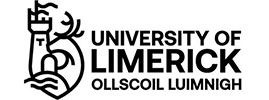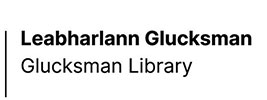Essays
On a purely personal level one of the striking things about our approach to 2016 is the amount of disquiet, or more discomfort, around the commemoration. Located in a decade of commemorations – just in case it would stand out more than necessary – it has taken on something of the air of the guest who has to be asked to the dinner party even though she is an embarrassment and we would really wish she stayed at home.
Read more…
Read more…
Due to its strategic location on a major navigable river, Limerick city from antiquity was a place of settlement, commerce and struggle. Its utility and value was enhanced by the quality of the land across the county and in neighbouring sectors. A nodal point from the east coast to the west and south of Ireland, Vikings, Cromwellians and Williamites fought to control its population and assets. As the modern period developed, it was unsurprising that local civic and county politics maintained the position of Limerick as a place of note. Francis Arthur was one of the province’s most prominent United Irishmen in the 1790s when the pluralist republicans sought to bring French or American style democracy to Ireland. Containment in 1798, 1803 and 1848 did not deter successors from this progressive agenda. If limited in scope and ambition, the armed protest of Young Ireland in 1848 occurred in the midst of catastrophe when ‘An Ghorta Mor’ devastated the population and economy. Its legacy was far reaching.
Read more…
Read more…




